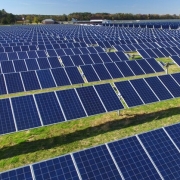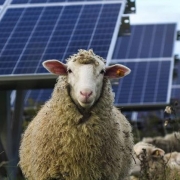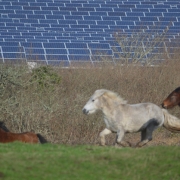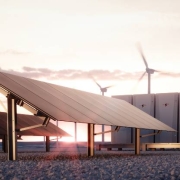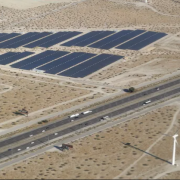As the number of craft breweries in the U.S. continues to grow, with more than 9,000 counted in 2021 by the Brewers Association, companies are looking for ways to stand apart from the competition. One strategy gaining popularity is investing in onsite renewable energy. Many breweries use “solar-powered beer” as a marketing tool and sometimes even name certain brews after solar power, like Minnesota brewery Invictus Brewing Company’s new “1.7 Million Megawatts Summer Ale.”
Here are six breweries that have added solar power in the last few years:
- Lawson’s Finest Liquids in Vermont
- Ithaca Beer company in New York
- Ferus Artisan Ales in Alabama
- Rock Art Brewery in Vermont
- Lagunitas Brewing Company in California
- Firestone Walker Brewing Company in California
Click here to read the full article
Source: Solar Power World
—
If you have any questions or thoughts about the topic, feel free to contact us here or leave a comment below.

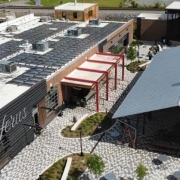
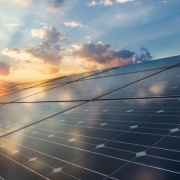
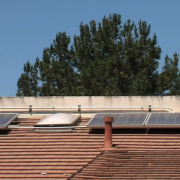
 Panel The Planet
Panel The Planet